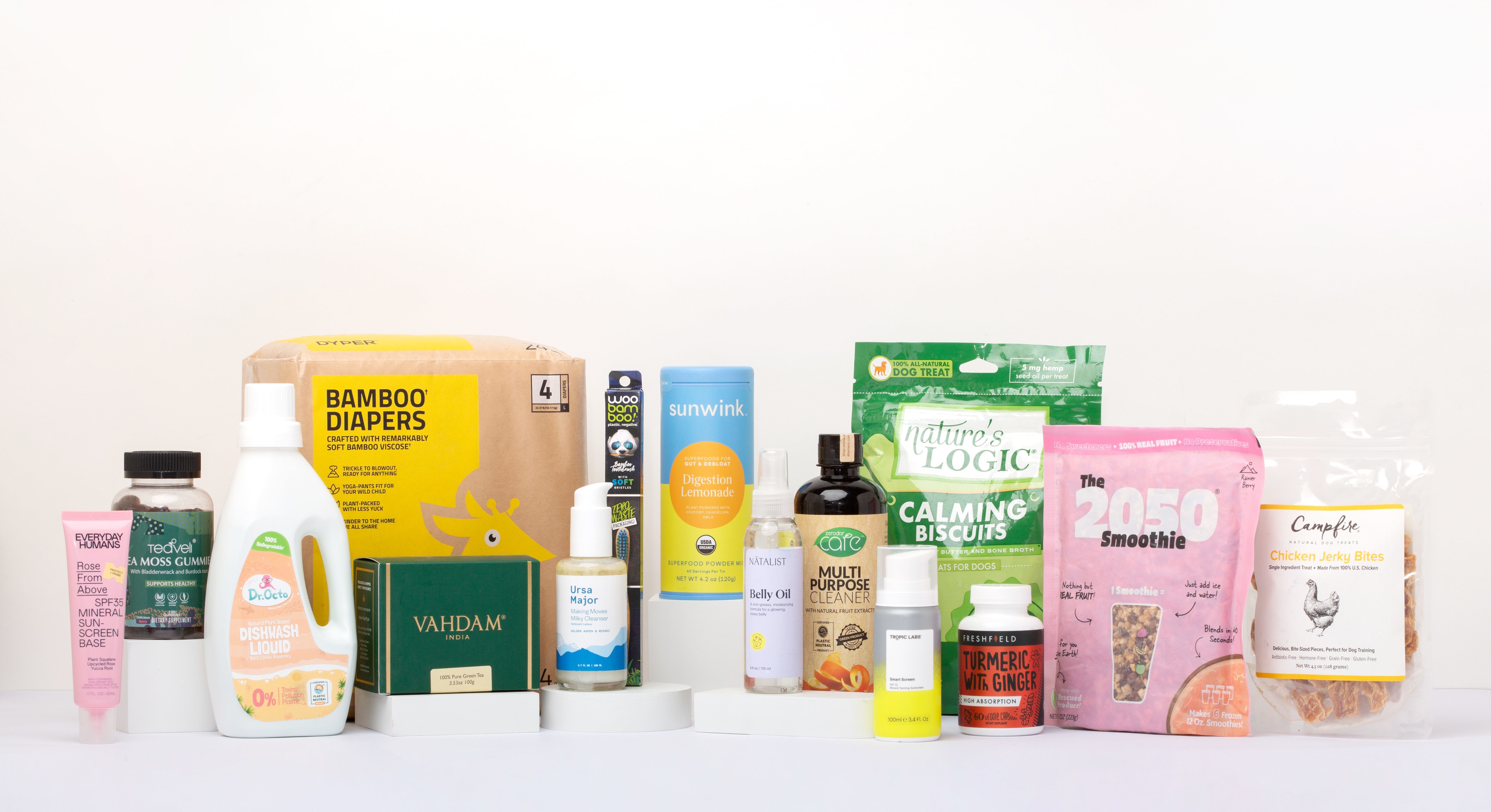Why the Specific Material Reporting Method (SMRM) is the Best Choice for EPR Compliance
SMRM is the most accurate and future-proof EPR reporting method. Learn how it reduces costs, boosts compliance, and aligns with your sustainability goals.
Extended Producer Responsibility (EPR) regulations are evolving, and compliance is becoming more complex for Consumer Packaged Goods (CPG) brands. One critical decision companies must make is how to report their packaging materials. Oregon, along with other EPR-regulated states, allows producers to choose between different reporting methods. Two common options are:
- Specific Material Reporting Method (SMRM) – Requires exact weight calculations for each packaging material.
- Average Bill of Materials (ABOM) – Uses representative product sampling to estimate material weights.
While ABOM may seem like a simpler solution, SMRM is by far the better choice for companies looking to future-proof their compliance strategy, optimize costs, and minimize regulatory risks. Here’s why:
1. SMRM Ensures More Accurate Fees
One of the biggest concerns for brands is the cost of compliance. EPR fees are typically based on the total weight and type of packaging materials used. SMRM provides exact data, ensuring companies pay only what they owe—no more, no less.
In contrast, ABOM relies on estimates, which can lead to miscalculations. Overestimation means paying higher fees than necessary, while underestimation risks non-compliance and potential penalties. Accuracy in reporting isn’t just about compliance—it’s about protecting your bottom line.
2. SMRM Future-Proofs Compliance Across Multiple States
EPR regulations are spreading across the U.S., with states like California, Maine, and Colorado implementing their own frameworks. The trend is clear: reporting standards are becoming more stringent, and regulators are favoring data-driven, detailed methodologies like SMRM.
Brands that adopt SMRM now will be ahead of the curve, avoiding last-minute overhauls to their reporting systems as more states move toward stricter requirements. On the other hand, ABOM may become obsolete in the near future, forcing companies that use it to rework their entire reporting approach later on.
3. SMRM Helps Reduce Costs Through Packaging Optimization
By tracking precise packaging weights, SMRM gives brands deeper insights into their material usage. This data can be used to identify opportunities for:
- Reducing material costs by eliminating excess packaging.
- Switching to more sustainable materials that may qualify for lower EPR fees.
- Enhancing supply chain efficiency by optimizing packaging for logistics and storage.
ABOM lacks the granularity needed for brands to make informed, data-backed decisions about packaging improvements. Without precise measurements, it’s difficult to see where changes could lead to cost savings.
4. SMRM Unlocks Eco-Modulation Incentives
As EPR programs evolve, many states are introducing eco-modulation fees and bonuses—financial incentives that reward producers for using sustainable packaging. Brands that submit detailed SMRM data can:
- Qualify for lower fees by proving their packaging meets eco-friendly standards.
- Avoid penalties for using materials with higher environmental impacts.
- Gain a competitive advantage by aligning with sustainability trends that consumers and investors prioritize.
With ABOM’s generalized estimates, companies risk missing out on these benefits—or worse, paying unnecessary penalties due to inaccurate reporting.
5. SMRM Strengthens Regulatory & Stakeholder Trust
Regulators, sustainability partners, and consumers increasingly expect transparency in corporate environmental impact. Companies that adopt SMRM demonstrate a commitment to best practices, positioning themselves as responsible leaders in sustainability.
Using ABOM, on the other hand, can create doubts about data integrity, making compliance audits more challenging and raising red flags for stakeholders who demand accountability and accuracy.
Need help choosing the right reporting frameworks?
rePurpose Global's Packaging EPR solution can help you select the right reporting framework for your business. Contact us to schedule a free consultation.
Get Started with Verified Plastic Recovery for your Brand
Get Started with Packaging EPR Compliance for Your Brand
rePurpose Global is here to support your sustainability roadmap with impactful and measurable Plastic Action solutions that deliver immediate results. Partner with us to measure your plastic footprint, fund plastic waste recovery, and create strong sustainability messaging for your brand.
Talk to our team to explore how we can work together.
rePurpose Global's EPR compliance platform is here to support you in preparing for the upcoming regulations in multiple states in the US and comply with no errors. Partner with us to create detailed assessment reports, pre-empt fees and reduce time & cost involved in the process.
Talk to our team to explore how we can work together.

Related Posts
EPR Foundations: What are Recycled Content Targets?
Understand how Recycled Content Targets work, and how brands can meet EPR rules while improving packaging sustainability.
6 Steps to Prepare for California's "Truth in Labeling" Law on Recyclability Claims
Bringing you the latest: We're continuously monitoring packaging regulatory developments to bring you critical compliance information as soon as it's available. Follow us on LinkedIn to make sure you're first to hear about these critical updates.
EPR Foundations: What is a Packaging Type?
Learn how packaging types impact EPR compliance and why accurate classification matters for reporting, fees, and sustainability goals.

.png)
.png)
.jpg)
.png)








